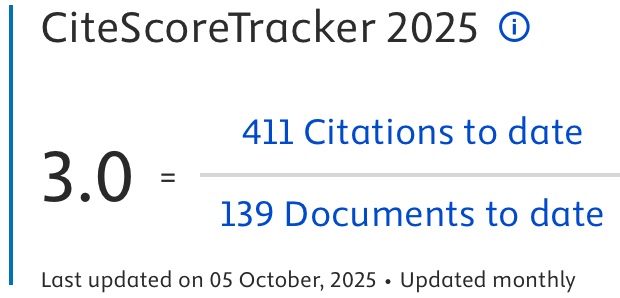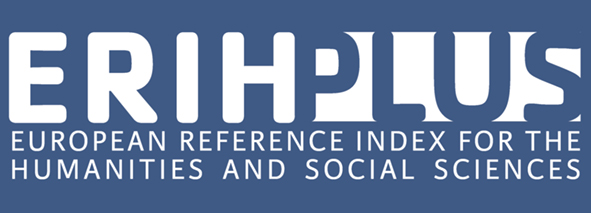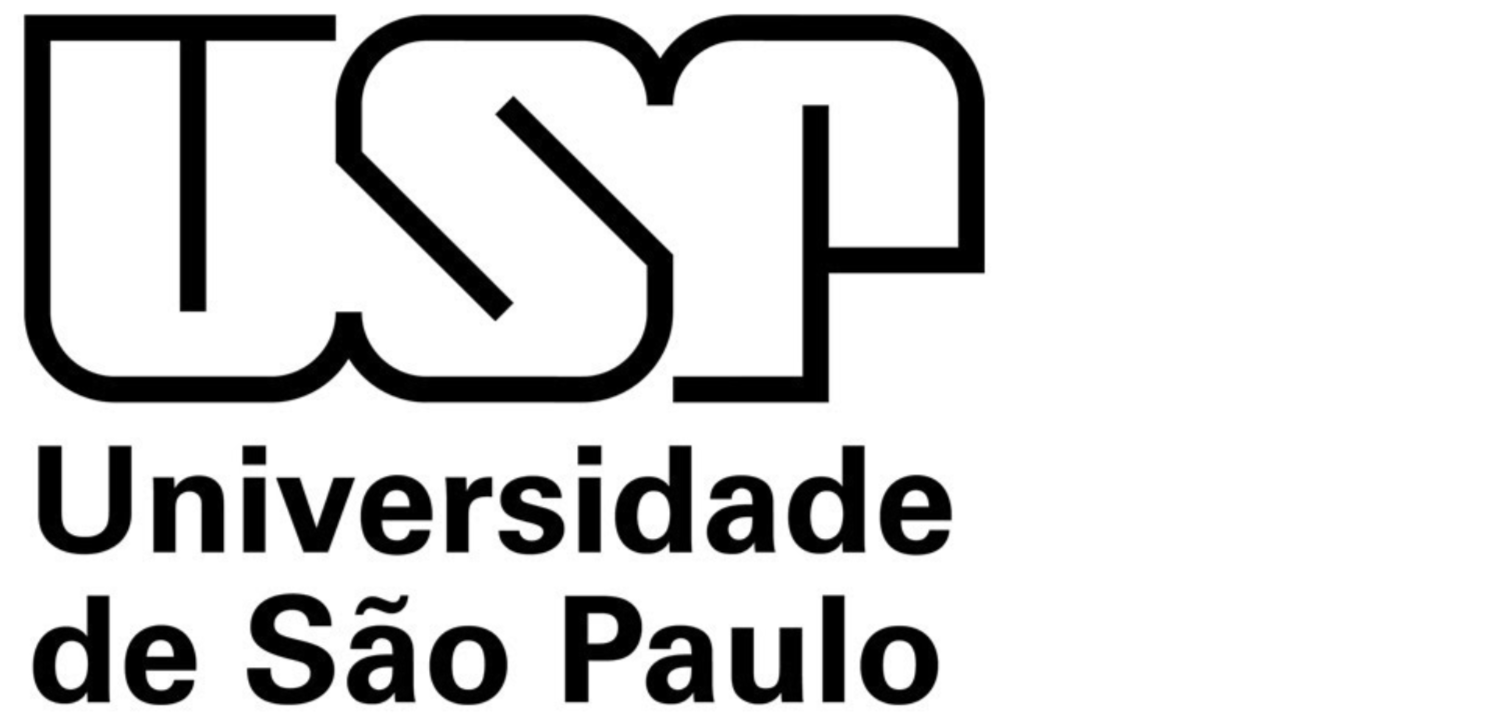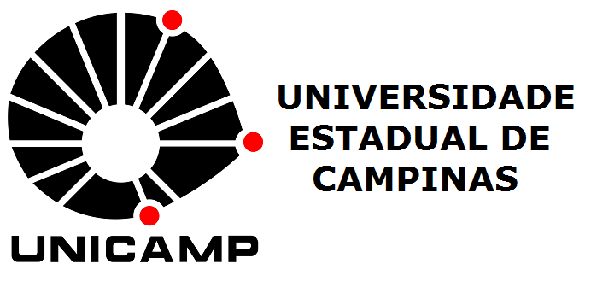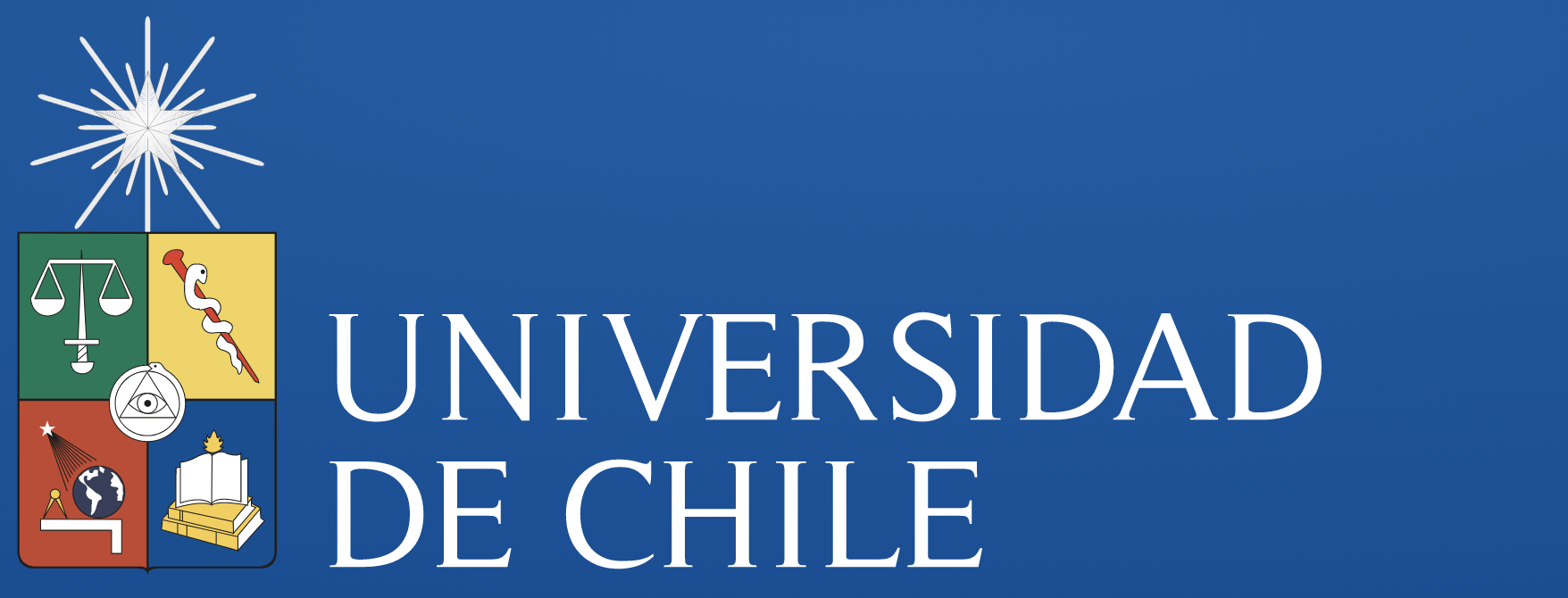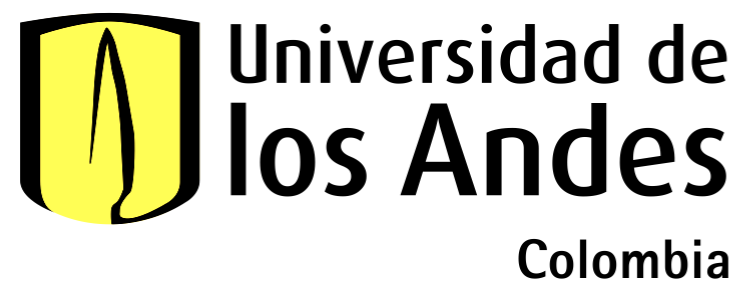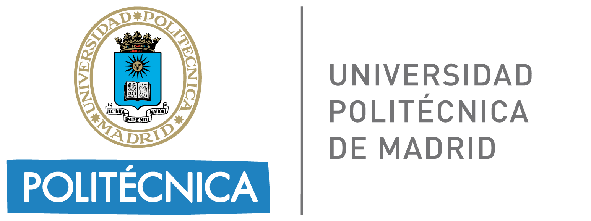Inhabited forests – Architecture for health, well-being, and equality
DOI:
https://doi.org/10.69143/2464-9309/17122025Keywords:
urban forestry, PNRR, cities and trees, biophilia, architectureAbstract
This paper presents the Right_TT research on urban forestry, shifting the approach from a technical and specialised conception, typical of agricultural and engineering sciences, to one that includes complementary qualitative logic. Starting from the critical issues of the ongoing territorial transformations, which have led to a downsizing of the objectives of the Ministerial Forestry Plan across the Italian territory, good practices and pilot projects are highlighted to refine action strategies. The impact of a new forested urban habitat appears, in the long term, to guarantee the survival of the human species and, in the short to medium term, to improve the quality of life, revealing connections between various Sustainable Development Goals: a healthy, democratic forest-city is a more equitable city, more welcoming to other forms and modes of life.
Article info
Received: 15/03/2025; Revised: 16/04/2025; Accepted: 20/04/2025
Downloads
Article Metrics Graph
References
Amirante, R. (2018), Il progetto come prodotto di ricerca – Un’ipotesi, LetteraVentidue, Siracusa.
Bastin, J.-F., Finegold, Y., Garcia, C., Mollicone, D., Rezende, M., Routh, D., Zohner, C. M. and Crowther, T. W. (2019), “The global tree restoration potential”, in Science, vol. 365, issue 6448, pp. 76-79. [Online] Available at: doi.org/10.1126/science.aax0848 [Accessed 11 April 2025].
Bava, H., Hoessler, M., Philippe, O. and Diedrich, L. (2009), Territories – From landscape to city, Birkhäuser, Basel.
Böhme, G. (2010), Atmosfere, estasi, messe in scena – L’estetica come teoria generale della percezione, Christian Marinotti Edizioni, Milano.
Carson, R. (1962), Silent Spring, Houghton Mifflin Company, Boston.
Carvalho-Resende, T., Gibbs, D., Harris, N. and Osipova, E. (2021), World Heritage forests – Carbon sinks under pressure, UNESCO (Paris), IUCN (Geneva) and World Resources Institute (Washington). [Online] Available at: doi.org/10.58337/WGVZ2461 [Accessed 11 April 2025].
Ciafani, S. (2024), “Introduzione”, in Barbera, F., Berardi, B., De Castro, G., Gallerano, L., Manganello, E., Nicoletti, A., Rai-mondi, S. and Visca, S. (eds), Bioeconomia delle foreste – Conservare, rigenerare, ricostruire, Legambiente, Roma, pp. 5-7. [Online] Available at: legambiente.it/wp-content/uploads/2021/11/Bioeconomia-delle-foreste_2024.pdf [Accessed 11 April 2025].
Coccia, E. (2018), La vita delle piante – Metafisica della mescolanza, Il Mulino, Bologna.
Corte dei Conti – Sezione di Controllo per la Regione Siciliana (2024), Referto sull’attuazione del PNRR / PNC della città metropolitana di Palermo controllo sulla gestione. [Online] Available at: corteconti.it/Download?id=90f5d6f5-d016-4e3a-a110-c1b8ba828a5d [Accessed 11 April 2025].
Culotta, P. and Sciascia, A. (2006), Archivi dell’architettura del XX secolo in Sicilia – Il Centro di coordinamento e docu-mentazione, L’Epos, Palermo.
D’Angelo, P. (2023), Estetica della natura – Bellezza naturale, paesaggio, arte ambientale, Editori Laterza, Roma.
Dal Co, F. (2021), “Semplicità non è sinonimo di ingenuità | Simplicity is not synonymous with naïveté”, in Casabella, vol. 917, pp. 58-60.
de Solà-Morales, M. (1987), “La segunda historia del proyecto urbano”, in Urbanismo Revista, vol. 5, pp. 21-31. [Online] Available at: upcommons.upc.edu/bitstream/handle/2099/3118/la_segunda_historia.pdf?sequence=7&isAllowed=y [Ac-cessed 11 April 2025].
Dessì, A. (2023), “Camminare nel selvatico – Per una transizione verso un paesaggio coevolutivo | Walking into the wild – A transition to a co-evolutionary landscape”, in Agathón | International Journal of Architecture, Art and Design, vol. 13, pp. 131-140. [Online] Available at: doi.org/10.19229/2464-9309/13112023 [Accessed 11 April 2025].
Doglio, C. and Urbani, L. (1984), Braccio di bosco e l’organigramma, Flaccovio Editore, Palermo.
El-Hitami, H., Mahall, M. and Serbest, A. (2023), “Ecologia dello spazio – Progetto architettonico e relazioni transfrontaliere | An ecology o space – Architectural design for transboundary relationships”, in Agathón | International Journal of Architec-ture, Art and Design, vol. 13, pp. 153-164. [Online] Available at: doi.org/10.19229/2464-9309/13132023 [Accessed 11 April 2025].
Fagnani, G. M. (2023), “Siccità, a Milano perse 16mila piante del progetto Forestami – «Quest’anno irrigazione anticipata»”, in Corriere della Sera | Milano, newspaper online, 25/02/2023. [Online] Available at: mila-no.corriere.it/notizie/cronaca/23_febbraio_25/siccita-a-milano-perse-16mila-piante-del-progetto-forestami-quest-anno-irrigazione-anticipata-a30f52e6-b461-11ed-95e8-1c50f8310908.shtml?refresh_ce [Accessed 11 April 2025].
Ferrari, M. (2005), Il progetto urbano in Italia – 1940-1990, Alinea Editrice, Firenze.
Fischli, F. and Olsen, N. (eds) (2024), Art Applied – Inside Outside – Petra Blaisse, Mack Books Ltd, London.
Gabanelli, M. and Santucci, G. (2023), “PNRR, l’inganno degli alberi da piantare – Interrati solo i semi”, in Corriere della Se-ra, newspaper online, 06/04/2023. [Online] Available at: corriere.it/dataroom-milena-gabanelli/pnrr-l-inganno-alberi-piantare-comprati-solo-semi/7cb82240-d2ce-11ed-b1de-c931acb2994d-va.shtml [Accessed 11 April 2025].
Gausa, M. (2024), “Complessità, n-città e sistemi dinamici multilivello – Verso una (geo)urbanità in rete e in reti | Complexi-ty, n-city, and multilevel dynamic systems – Towards a networked (geo)urbanity and networks”, in Agathón | International Journal of Architecture, Art and Design, vol. 16, pp. 16-29. [Online] Available at: doi.org/10.19229/2464-9309/1612024 [Accessed 11 April 2025].
Ingaramo, R., Negrello, M., Khachatourian Saradehi, L. and Khachatourian Saradehi, A. (2023) “Il progetto transcalare delle nature-based solutions per l’Agenda 2030 – Innovazioni e interconnessioni | Transcalar project of nature-based solutions for the 2030 Agenda – Innovations and interconnections”, in Agathón | International Journal of Architecture, Art and Design, vol. 13, pp. 97-108. [Online] Available at: doi.org/10.19229/2464-9309/1382023 [Accessed 11 April 2025].
Inside Outside (2022), “The Clearing and the Urban Forest”, in Lotus International, vol. 174, pp. 20-25.
ISPRA and SNPA (2024), Rapporto Rifiuti Urbani – Edizione 2024. [Online] Available at: isprambien-te.gov.it/files2024/pubblicazioni/rapporti/rapportorifiutiurbani_ed-2024_n406_versione_integrale.pdf [Accessed 11 April 2025].
ISPRA and SNPA (2018), Infrastrutture Verdi. [Online] Available at: isprambiente.gov.it/files2018/pubblicazioni/stato-ambiente/ambiente-urbano/3_Infrastruttureverdi.pdf [Accessed 11 April 2025].
ISTAT – Istituto Nazionale di Statistica (2024), Rapporto SDGs 2024 – Informazioni statistiche per L’Agenda 2030 in Ita-lia. [Online] Available at: istat.it/storage/rapporti-tematici/sdgs/2024/Rapporto-SDGs2024-Ebook.pdf [Accessed 11 April 2025].
Laurenti, M. and Trentin, M. (eds) (2024), Ecosistema Urbano – Rapporto sulle performance ambientali delle città. [Online] Available at: legambiente.it/wp-content/uploads/2021/11/Ecosistema-Urbano_libro2024.pdf [Accessed 11 April 2025].
Legambiente (2024), Atlante delle Foreste – Quarta Edizione – Forestazione e servizi ecosistemici – Mappatura dello stato del verde in Italia. [Online] Available at: legambiente.it/wp-content/uploads/2024/11/atlante-delle-foreste-2023_071124.pdf [Accessed 11 April 2025].
Mancuso, S. (2023), Fitopolis, la città vivente, Editori Laterza, Roma.
Marchetti, M., Motta, R., Salbitano F. and Vacchiano, G. (2019), “Piantare alberi in Italia per il benessere del pianeta – Dove come e perché”, in Forest@ | Rivista di Sevicoltura ed Ecologia Forestale, vol. 16, pp. 59-65. [Online] Available at: doi.org/10.3832/efor3260-016 [Accessed 11 April 2025].
Marini, S. (ed.) (2024), Venezia – Guida alla selva, Produzione Nero, Roma.
Marini, S. (2020), “Nella selva | Wildness”, in Vesper, vol. 3, pp. 10-17. [Online] Available at: doi.org/10.2307/j.ctv2z0vtn5 [Accessed 11 April 2025].
Mazzanti, G. (2014), “Urbanismo social”, in Lotus International, vol. 153, pp. 64-69.
MiTE – Ministero della Transizione Ecologica (2021), Piano Nazionale di Ripresa e Resilienza – Piano di riforestazione urbana ed extraurbana. [Online] Available at: mite.gov.it/sites/default/files/archivio/allegati/ PNRR/PNRR_piano_forestazione.pdf [Accessed 11 April 2025].
MiTE – Ministero della Transizione Ecologica and Città Metropolitana di Palermo (2022), Avviso manifestazione d’interesse per l’individuazione di aree eleggibili e di progetti per la presentazione di proposte di intervento di forestazione urbana, periurbana ed extraurbana nella Città Metropolitana di Palermo da finanziare nell’ambito del Piano Nazionale di Ripre-sa e Resilienza, misura 2 – componente 4 – investimento 3.1 “tutela e valorizzazione del verde urbano ed extraurbano”. [Online] Available at: cittametropolitana.pa.it/wp-content/uploads/sites/2/2022/12/Avviso-Manifestazione-Interesse-Forestazione.pdf [Accessed 11 April 2025].
Moscatelli, M. and Raffa, A. (2023), “Infrastrutture verdi in contesti aridi urbani – Ecologie in transizione oltre il Green Riyadh | Green infrastructure in arid urban contexts – Transitioning ecologies beyond Green Riyadh”, in Agathón | Interna-tional Journal of Architecture, Art and Design, vol. 13, pp. 75-86. [Online] Available at: doi.org/10.19229/2464-9309/1362023 [Accessed 11 April 2025].
Nicolin, P. (2021), “Immersioni | Immersions”, in Lotus International, vol. 172, pp. 122-125.
Nicolin, P. (2014), “Architettura e beni comuni | Architecture and the Commons”, in Lotus International, vol. 153, pp. 4-7.
Nunes, J. (2016), “João Nunes – The persistence of the outdoor spaces”, in Macaluso, L. (ed.), Rural-Urban Intersections, MUP Editore, Parma, pp. 259-279.
Porfirione, C., Ferrari Tumay, X. and Leggiero, I (2024), “Conoscenza, innovazione e cambiamento – Il potere dell’errore nel design e nei sistemi complessi | Knowledge, innovation, and change – The power of error in design and complex systems”, in Agathón | International Journal of Architecture, Art and Design, vol. 16, pp. 232-241. [Online] Available at: doi.org/10.19229/2464-9309/16202024 [Accessed 11 April 2025].
Porras Guadiana Arquitectos (2022), “Depaving in Madrid”, in Lotus International, vol. 174, pp. 26-31.
Rowe, C. and Koetter, F. (1981), Collage City, Il Saggiatore, Milano.
Salbitano, F., Borelli, S., Conigliaro, M. and Chen, Y. (2016), Guidelines on urban and per-urban forestry. [Online] Available at: openknowledge.fao.org/server/api/core/bitstreams/9c27d98b-8071-4ee7-8fc4-e0b430f8a8dc/content [Accessed 11 April 2025].
Sciascia, A. (2023), “Riscaldamento globale e città – L’incremento della vegetazione e la progettazione urbana, tra non finito e paesaggio urbano | Global warming and cities – Increasing vegetation and urban planning, between the unfinished and the ur-ban landscape”, in Agathón | International Journal of Architecture, Art and Design, vol. 13, pp. 43-56. [Online] Available at: doi.org/10.19229/2464-9309/1332023 [Accessed 11 April 2025].
Sciascia, A. (2012), Periferie e Città Contemporanea – Progetti per Borgo Ulivia e Zen a Palermo, Edizioni Caracol, Paler-mo.
UN – United Nations (2015), Transforming our World – The 2030 Agenda for Sustainable Development, document A/RES/70/1. [Online] Available at: sustainabledevelop-ment.un.org/index.php?page=viewandtype=111andnr=8496andmenu=35 [Accessed 11 April 2025].
Vidali, P. (2022), Storia dell’idea di natura – Dal pensiero greco alla coscienza dell’Antropocene, Mimesis Edizioni, Mila-no.

Downloads
Published
How to Cite
Issue
Section
Categories
License
Copyright (c) 2025 Luciana Macaluso, Alessandra Palma

This work is licensed under a Creative Commons Attribution 4.0 International License.
This Journal is published under Creative Commons Attribution Licence 4.0 (CC-BY).
License scheme | Legal code
This License allows anyone to:
Share: copy and redistribute the material in any medium or format.
Adapt: remix, transform, and build upon the material for any purpose, even commercially.
Under the following terms
Attribution: Users must give appropriate credit, provide a link to the license, and indicate if changes were made; users may do so in any reasonable manner, but not in any way that suggests the licensor endorses them or their use.
No additional restrictions: Users may not apply legal terms or technological measures that legally restrict others from doing anything the license permits.
Notices
Users do not have to comply with the license for elements of the material in the public domain or where your use is permitted by an applicable exception or limitation.
No warranties are given. The license may not give users all of the permissions necessary for their intended use. For example, other rights such as publicity, privacy, or moral rights may limit how you use the material.






